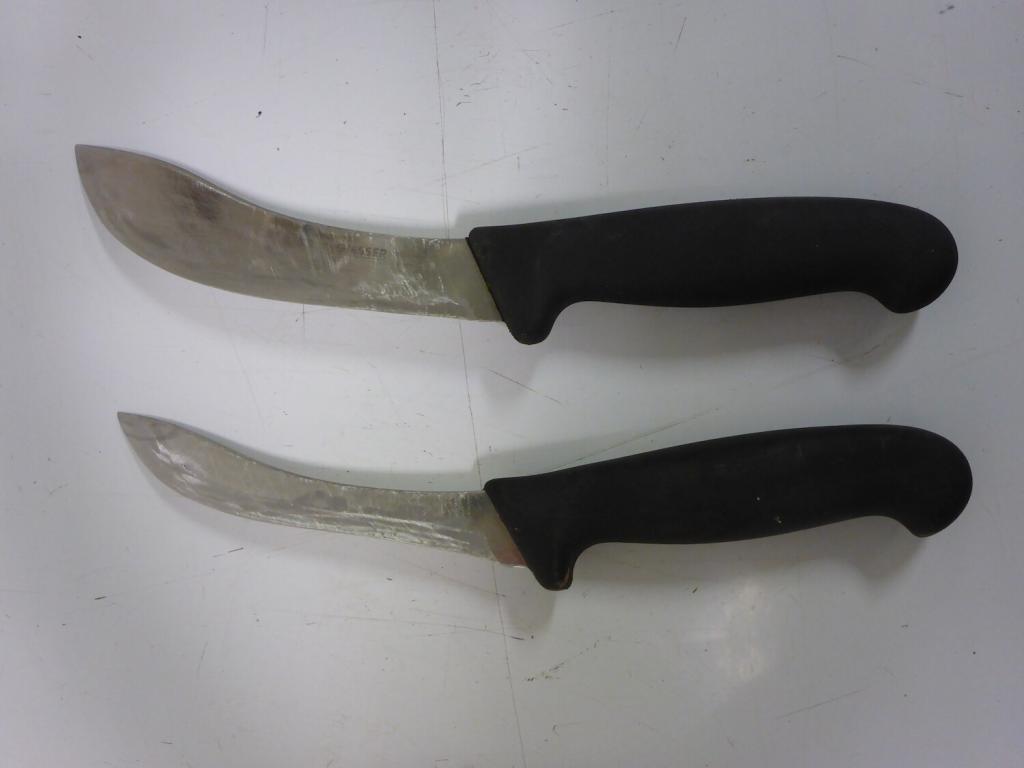It’s a tough job…
Once or twice a year David Stemmer gets to go to the beach for work.
Unfortunately it doesn’t involve much swimming or lying around on the sand – he’s generally there because a whale carcass has washed up on the beach and his job as Collections Manager (Mammals) at the South Australian Museum is to ‘break it down’ and transport it to the skeleton preparation facility at the museum.
Once processed at the facility, the skeleton will join the museum’s collection, where it will be kept for marine research purposes – the data and specimens collected by the team at the museum are available to researchers around the world.
Some skeletons do end up on display in the museum itself, but the vast majority are kept for research, out of sight of visitors to the museum.
Most whale carcasses David is called out to are between 5m and 7m long, although every two to three years a bigger whale (>10m) washes up.
As you might imagine there are quite a few mammals (excluding humans) in South Australia and David’s job encompasses land as well as marine mammals, so he finds himself quite busy, since he could just as easily be retrieving the remains of a mouse as the carcass of a whale.
The skeleton preparation facility is located in Bolivar, a suburb in north Adelaide, next door to the city’s largest waste treatment facility, and is the largest of its kind in Australia. It is one of the main reasons why the South Australian Museum has the largest collection of marine mammal skeletons in the country.
David has been Collections Manager at the museum for 18 years, arriving in Townsville as part of his studies as a young marine biologist from Darmstadt (in Germany) and from there finding his way to the South Australian Museum, where for a time he worked as a volunteer before taking on his current role.
As you can imagine, the process of breaking down and transporting such large animals is quite involved – as the specimens are for research, it’s not simply a question of calling in heavy equipment – the carcass has to be carefully broken down on the beach, and for this David has the help of a team of volunteers he can call on if needed… and an extensive collection of large knives (were you wondering where this story was connected to Total Knife Care?).
There needs to be a variety of different knives for different jobs, and as you can imagine, dissecting a whale carcass on a beach is not the most clinical of surroundings, with the mixture of beach sand and oil from the carcass a perfect recipe for sharp knives getting blunt very quickly.
Until he got hold of a Nirey electric sharpener (the one pictured at the bottom of this page), it would take David a day or two to sharpen his blades again after a whale beaching, using a large stone grinding wheel. Now it’s a lot quicker, taking around 5 minutes to sharpen one large good quality knife.
It’s not the sort of job that most Nirey sharpeners would need to deal with (apart perhaps from this one and this one) and David admits that there are some aspects of the job that would not appeal to everyone…
“Whale blubber can be very tough and some species have a lot of fibrous material in the skin, so knives can get blunt quickly (see image below). It also doesn’t help when there’s a lot of oil around, which makes everything very slippery.” says David.

And the question we had to ask – what about the smell?
“Yes it can get pretty bad – whales have a very persistent smell that can be hard to get rid of. Sometimes I have to throw out some of my clothes when a normal washing machine just can’t get rid of the smell.” David adds.
It’s a tough job – but somebody’s got to do it. We hope the researchers (and the human race) are grateful.
Main photo: a 11.7m humpback whale that stranded near Robe, South Australia
More Info
https://www.samuseum.sa.gov.au/bolivar-facility
https://www.abc.net.au/news/2018-08-05/inside-the-adelaide-facility-that-preserves-whale-skeletons/10062416
Did you know…?
A 6m whale weighs about 2 tonnes, a 12-15m whale would probably be between 10 and 20 tonnes depending on species – which is a lot of flesh to be removed, i.e. cut off with sharp knives…








